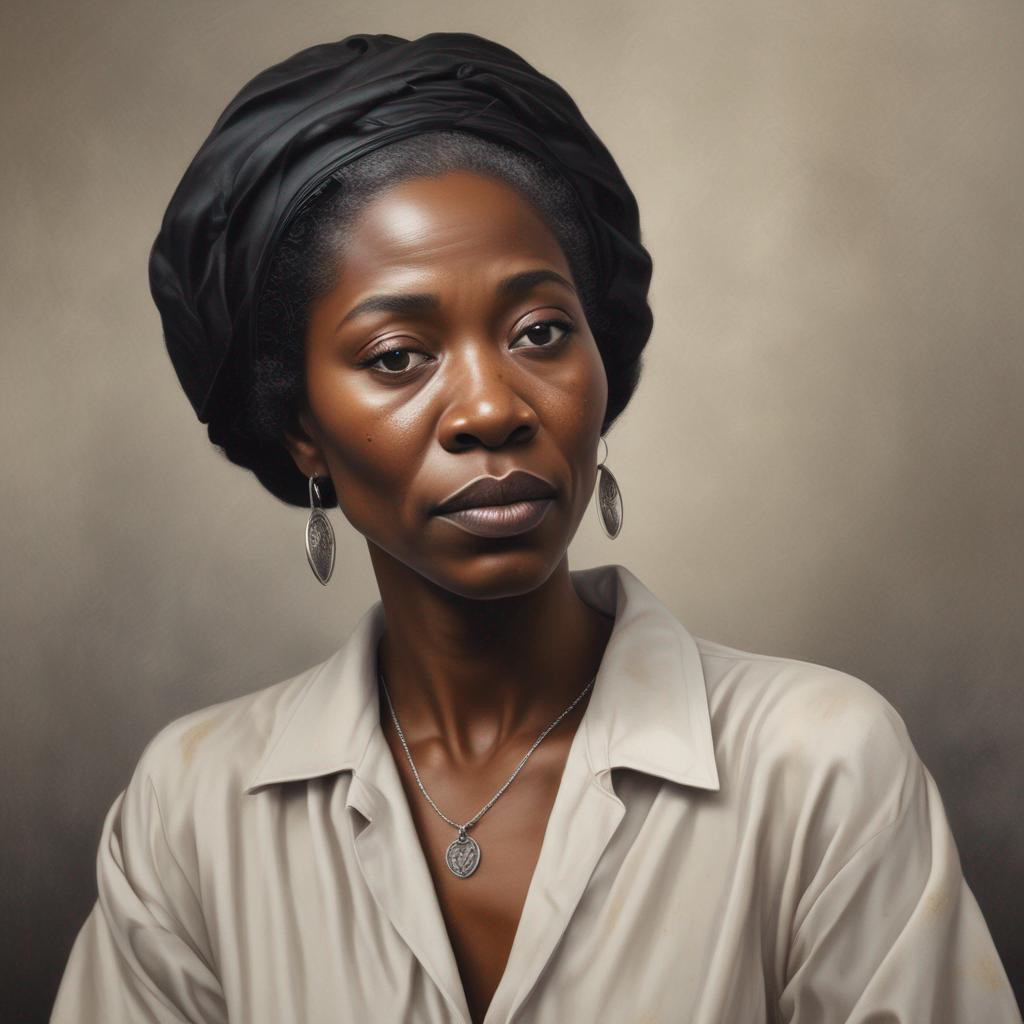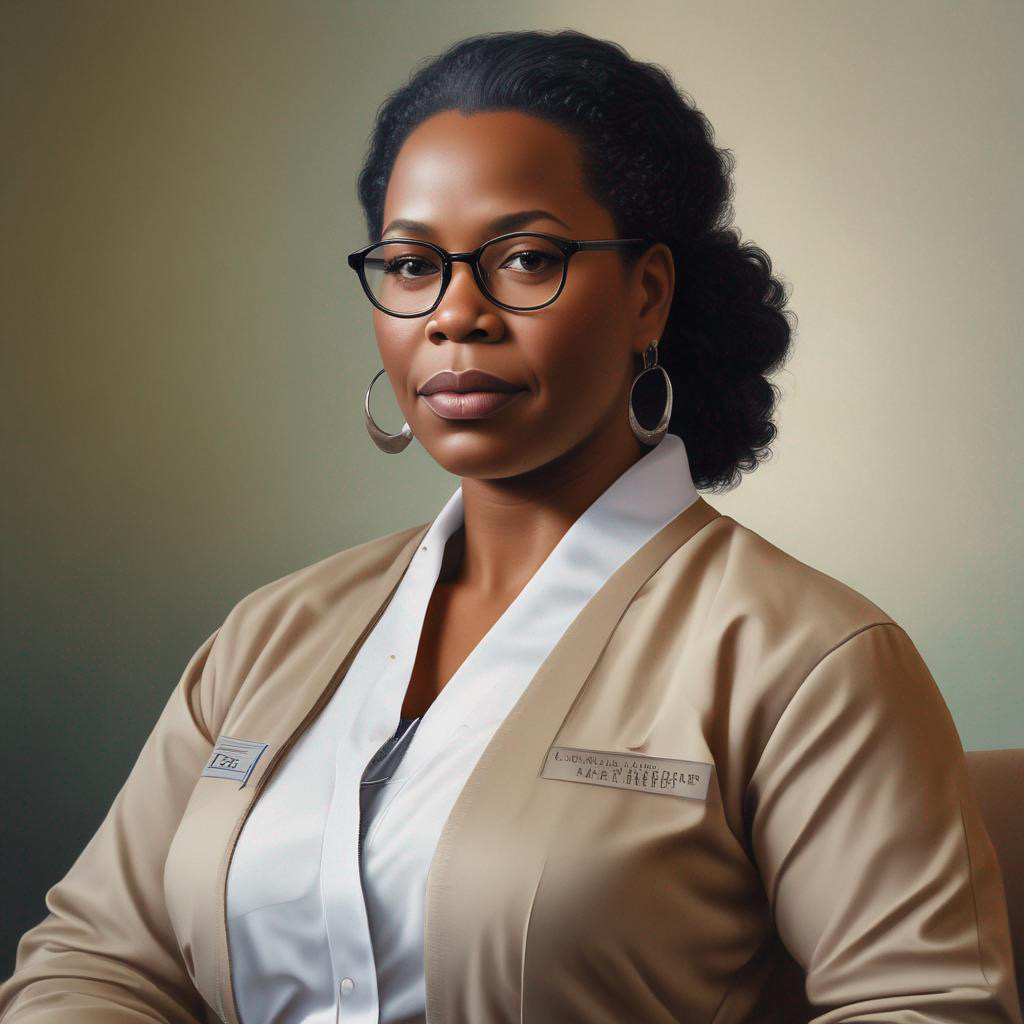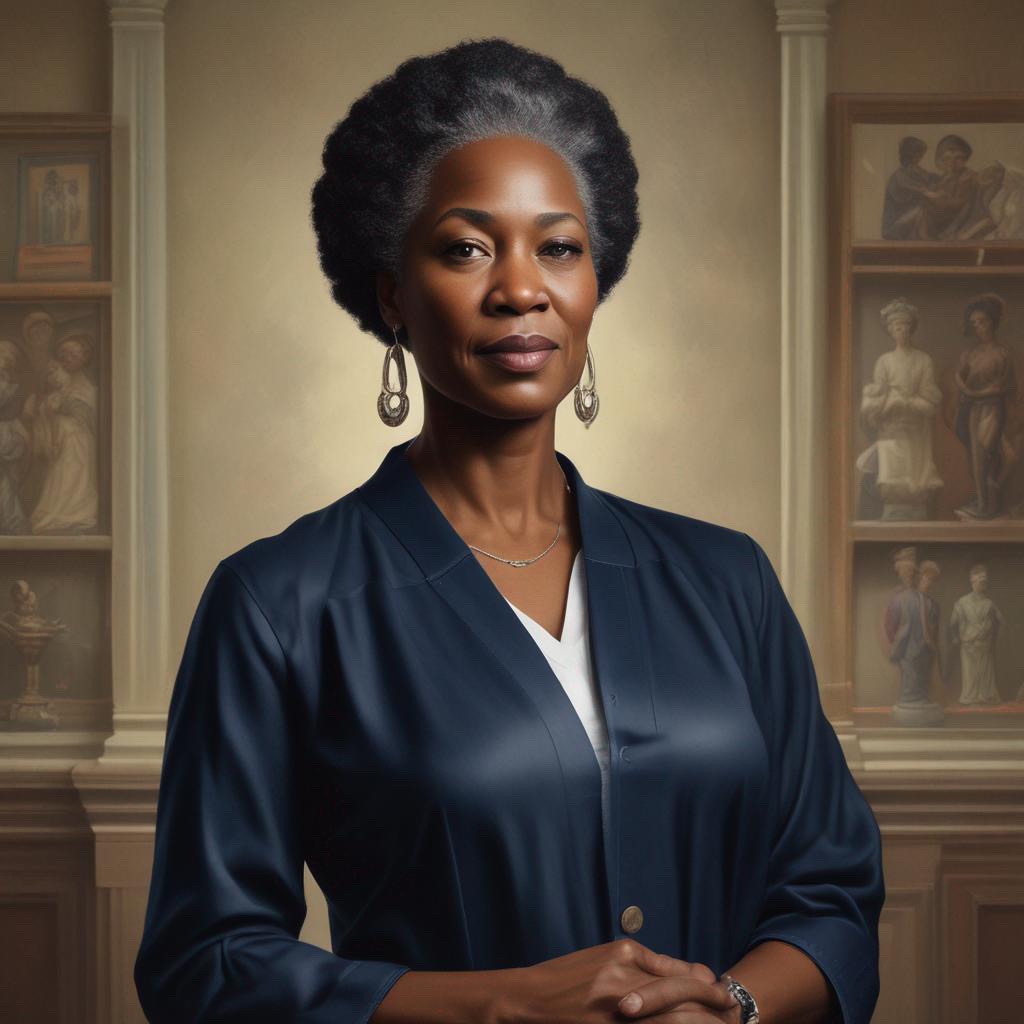Sometimes, to see truly, we need to step away from the familiar and into the sacred space of transformation. Like the blind man in Mark 8:22-25, we may catch glimpses of truth but still lack the clarity that Jesus offers. This passage illuminates the complexities of our societal structures, revealing how deeply entrenched hierarchies shape our perceptions and interactions. The duo of racism and casteism operates insidiously, blinding us to the inherent worth of every individual. It judges us based on superficial differences—skin color, features, and gender—rather than the essence of who we are. This judgment creates barriers, distorting our relationships and understanding of one another.
Yet, while we may not change our external characteristics, we can continually transform our inner selves. Enduring change requires stepping away from the crowds that perpetuate division and anger. Just as Jesus led the blind man outside the village, we, too, must seek spaces where healing can occur—places free from negativity and judgment. Our friends, like those who brought the blind man to Jesus, play a vital role in our healing, urging us to seek a more profound truth.
As we reflect on our lives, let us open our hearts to Christ’s transformative touch. May we be willing to see the world anew, recognizing the beauty in our differences and the unity in our humanity. Together, let us embark on this journey beyond the shadows, embracing the light of understanding, compassion, and hope.




